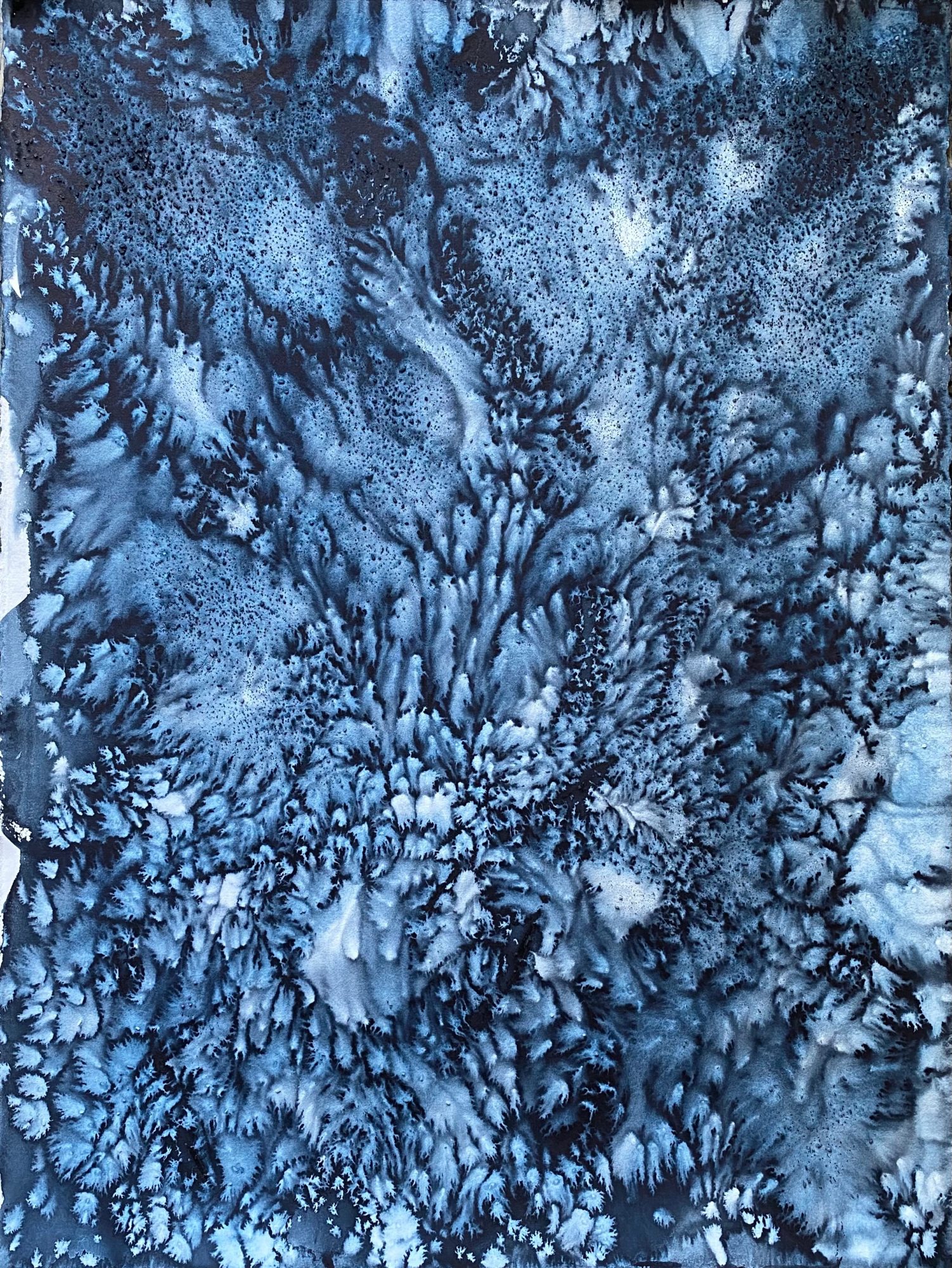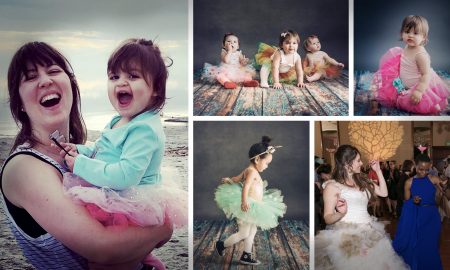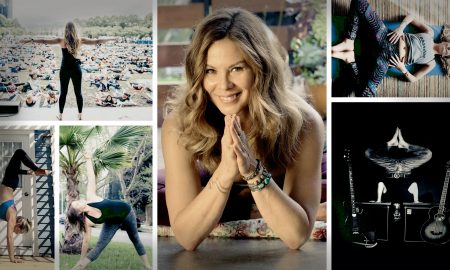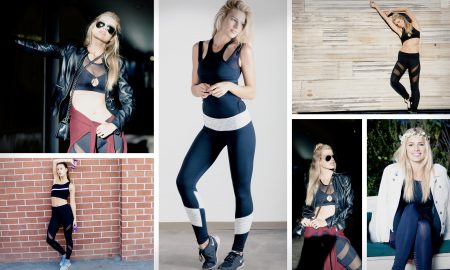

Today we’d like to introduce you to Julia Hendrickson.
Julia, we appreciate you taking the time to share your story with us today. Where does your story begin?
A few years ago a close friend was having a life-changing surgery and I was anxious. As I thought about what would make me feel better in that moment of helplessness and it was painting. I have been an artist my whole life; my parents started taking me to museums when I was two months old, which was my introduction to the language of color and form. They encouraged a creative life by modeling it in their own practice of construction and observation. I was also raised within a strong faith tradition that values and frames prayer as an opportunity to converse with the Creator G-D and was in seminary completing a Master of Divinity at this time. So it is natural that I turned to my most familiar practices to navigate a moment of stress. People named this confluence of work and prayer in the Middle Ages opera divina. I filmed the process of painting my prayers, which that day took the form of repetitive action, the brush printing onto paper.
Later when I shared it with friends on Instagram, it had resonance; people intuitively understood and entered into a restorative state and perhaps a conversation with the Divine. As I mentioned, I have been an artist my whole life, but during the times of isolation that many have experienced in the past few years restorative practices have become even more important. Sharing my personal practice has been the synthesis of all my practice and study. On social media, I pair the meditative painting time-lapses with open-ended questions to guide reflection. There are two primary methods I work in. One is repetitive mark-making with my finger or a brush. The other is salt painting where I lay the framework for an interaction between paper, water, paint, and salt and then watch the dynamic paint drying.
I’m sure you wouldn’t say it’s been obstacle free, but so far would you say the journey have been a fairly smooth road?
Other people’s opinions have been the hardest thing for me to overcome in the process of being an artist. My drive to create and the ease of the process has been sustaining, but the way people’s faces contort and the questions (often rude) that are asked when you tell them that you are an artist as opposed to when I tell people I am a teacher or professor (which I have been from time to time, but am not currently) is astonishing and something that requires internal fortitude. Additionally, getting thru an MFA program and surviving critiques with peers and professors is no easy feat. Their job is to critique and as knowledgable viewers, no flaws go unobserved. Truly I am thankful for these experiences, but each takes their toll and shapes the work in different ways. It is then my responsibility to choose how it informs the work and how it informs my responses to others.
Appreciate you sharing that. What else should we know about what you do?
I work with watercolor and sometimes salt to create a pause and moment of reflection in the midst of daily life and scrolling. Because my goal is to create moments of reflection with my images, there is an important element of creating space. Not just the biomimetic micro and macro worlds that the paintings evoke, but within the viewer, an ability to slow down and feel the wind moving around them, hear the sound of the ocean, and smell the freshness of the ozone and the trees, really listen to the sound of the traffic. The monochromatic palette that I adhere to is part of that slowing down, by removing the distraction of chromatic interaction and allowing for the imagined colors of the landscapes referenced to emerge.
Regarding the specifics of my work, I have three primary formats at the moment. Handmade sketchbooks (made by my father), standard-sized sheets of paper (22″x30″, 30″x44″) and large scrolls (36-44″x1″-120″). Each of these provides a different viewing experience for the watercolor paintings. Because my education is in printmaking much of my painting takes on an editioned, repetitive quality, which variations on a theme being the theme.
Is there something surprising that you feel even people who know you might not know about?
My favorite color is pink. Most people assume it is blue, because of my work, so when they learn that it is pink they are truly surprised.
Contact Info:
- Website: https://www.juliahendrickson.com/
- Instagram: https://www.instagram.com/juliachendrickson/
- Youtube: https://www.youtube.com/channel/UCAoAv_3l1kbc7xWaMOR9b4A
- Other: https://juliahendrickson.substack.com/















